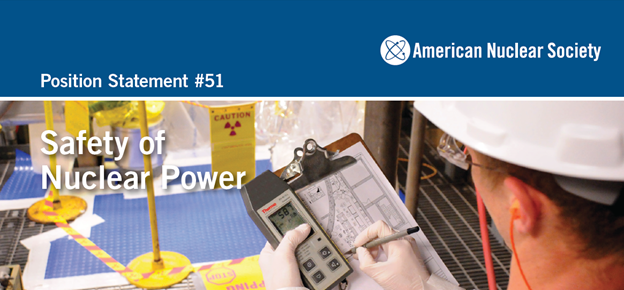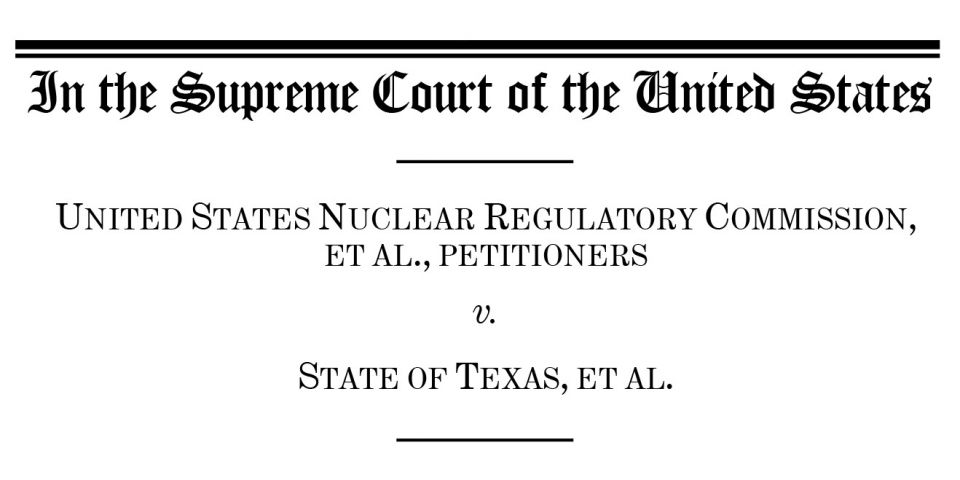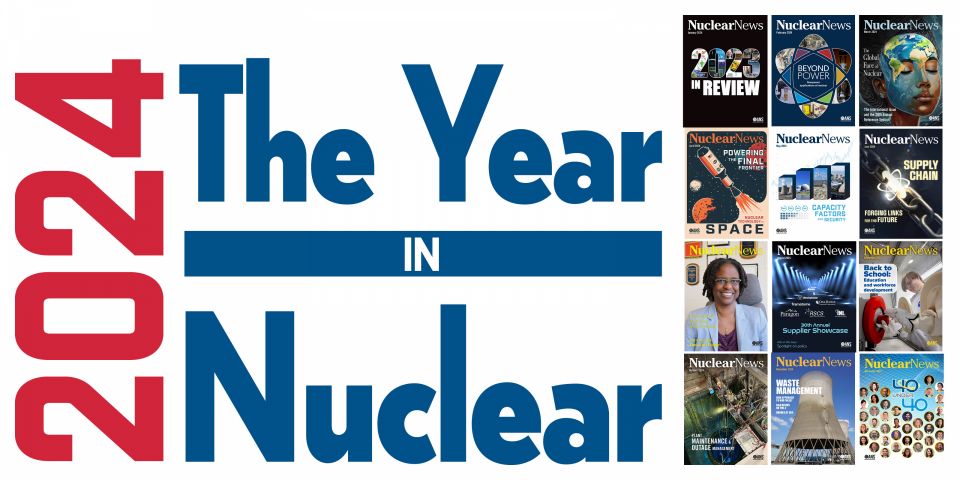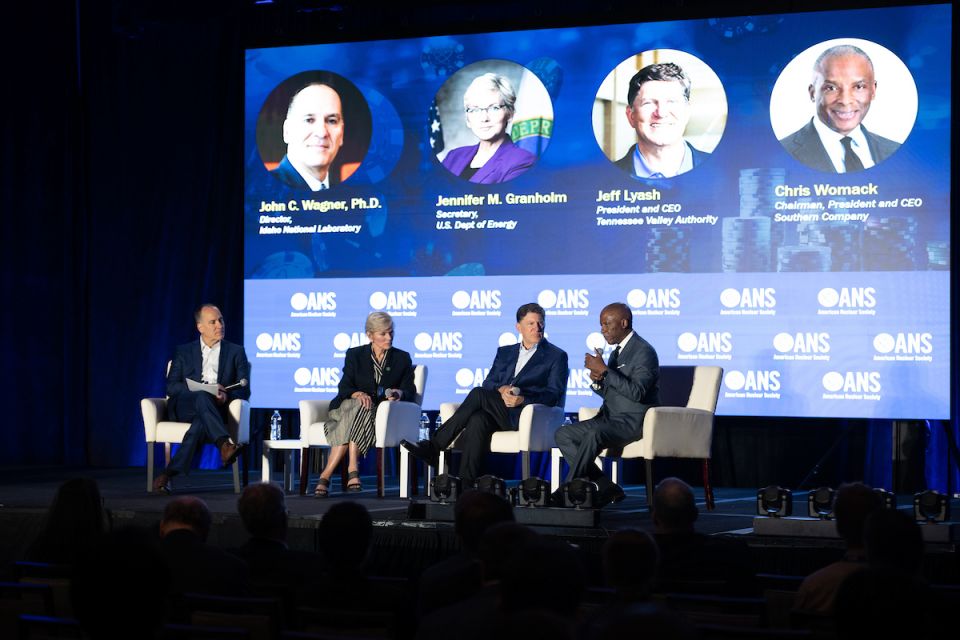Risks and benefits: In the new statement, ANS emphasizes that the history of nuclear power operations demonstrates that nuclear power is a safe and clean energy source: “When compared with generally accepted risks posed by other energy industries, the risk from nuclear power is low. Furthermore, use of nuclear power has saved and continues to save lives through avoided emissions. Decisions concerning the use of nuclear energy should appropriately balance risks and benefits, and regulators should adopt a holistic approach to regulation that aligns how we treat risk across various hazards.”
Essential attributes: Position Statement #51 calls out 12 essential attributes of the nuclear community’s industry-leading level of safety:
- Well-staffed, well-funded safety regulatory authorities that are responsible for independently ensuring operational safety and protection of the environment by utilizing performance-based goals and risk insights derived from analysis and experience.
- A robust design that uses consensus-based codes and standards and embodies margins, qualified materials, and sufficiently redundant and diverse safety systems.
- Construction and testing in accordance with the applicable design specifications and safety analyses.
- A comprehensive organizational safety culture.
- Qualified operational and maintenance personnel who have a profound respect for the reactor core, radioactive materials, and any supporting systems.
- Technical requirements that define and control the appropriate boundaries for safe operations.
- A strong engineering function that provides support to operations and maintenance.
- Adherence to a risk-informed, performance-based, defense-in-depth safety philosophy that maintains adequate barriers, both physical and procedural, to protect people and the environment.
- Effective quality assurance practices.
- Emergency plans protecting both on-site workers and off-site populations.
- Access to a continuous program of nuclear safety research.
- A strong and fiscally sound management organization.
Ongoing innovation: “Our regulators and operators, and the industry as a whole, continuously improve to ensure that nuclear energy remains an important contributor to our clean energy portfolio,” ANS asserts. “The tradition of safe operations includes ongoing innovation and anticipation of changing environments.”
That includes new reactor designs being developed and evaluated. As stated in Position Statement #51, “New reactor designs incorporate inherently safe design features while offering flexible operations, maintenance, and surveillance. A risk-informed and performance-based framework for design and regulation enables designs for advanced reactors that streamline fabrication, installation, maintenance, and testing of safety-related systems and components.”
Background: ANS provides statements that reflect the Society’s perspective on issues of public interest that involve nuclear science and technology. Position statements are prepared by key members with relevant experience and are reviewed by ANS committees and professional divisions before the final position statements are presented to the Board of Directors for approval.










